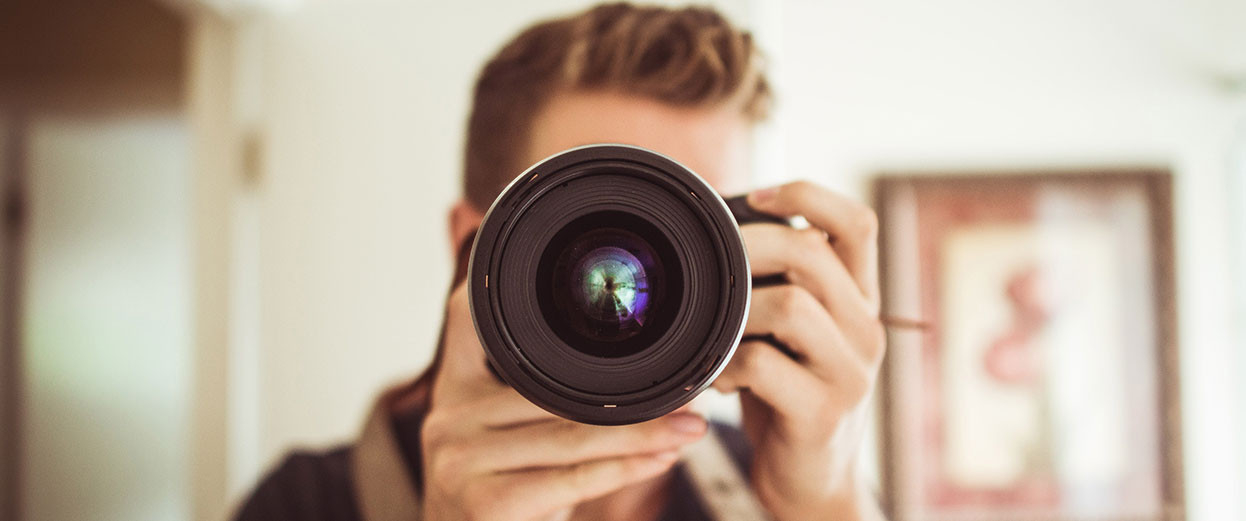5 Tips for Stunning Portrait Photography
17 March 2019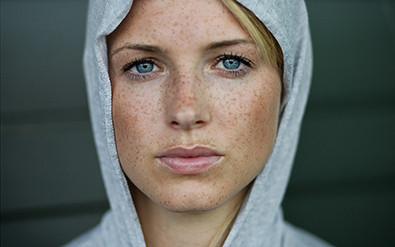
A great portrait photo is not so much about how it looks, but more about how it feels. One can follow all of the rules for great portrait photography, but if the photographer isn’t comfortable or doesn’t enjoy taking the photos, then the photo will feel ‘off’, even if we can’t place our finger on the exact reason why it feels out of place. Another thing to remember is that you’re working with a moving, living subject, and as you’re trying to take an artistic representation of the person’s attitude, no two photos are the same. The model might blink, move, turn or brush their hair to one side. It is a matter of practice and taking multiple shots to find the one that feels right. Portrait shots should feel natural. The model should seem comfortable in the environment and this all comes down to the professionalism of the photographer. You’re working with people and it helps to buıld rapport wıth your model and beıng a people person. Here are 5 tips to improve your portrait photography.
1. Focus on the eyes
Notice where the model is looking. Are they looking directly at you, or off to the side into the distance? If they’re looking directly into the lens it feels like they’re looking directly at the viewer and has a more confrontational feel. The photograph feels more personal as there’s a connection or interaction between the model and viewer. If the model is looking at something out of the frame into the distance, we start to imagine what they are thinking about, and what they are feeling. We start to empathize with them and the shot gets us thinking. This is great when you’re trying to tell a story with the photo.
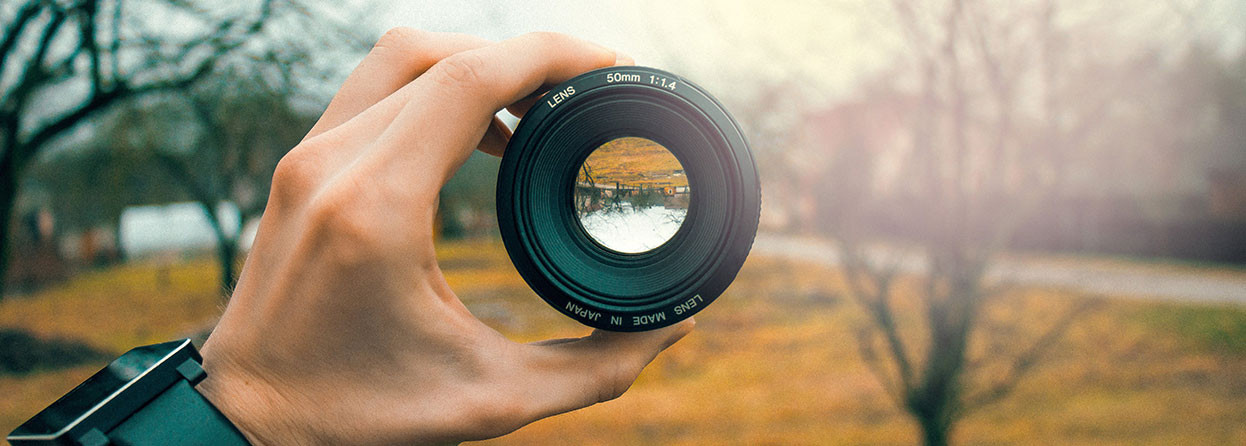
2. Posing
Pay attention to what your model is doing in between photos. How do they behave when they’re talking or looking at something? What is their natural beauty? You could try to capture those candid moments and have a real representation of the model’s true character. Everyone could put on a smile and it’s a facade that may make the model look less natural in that moment.
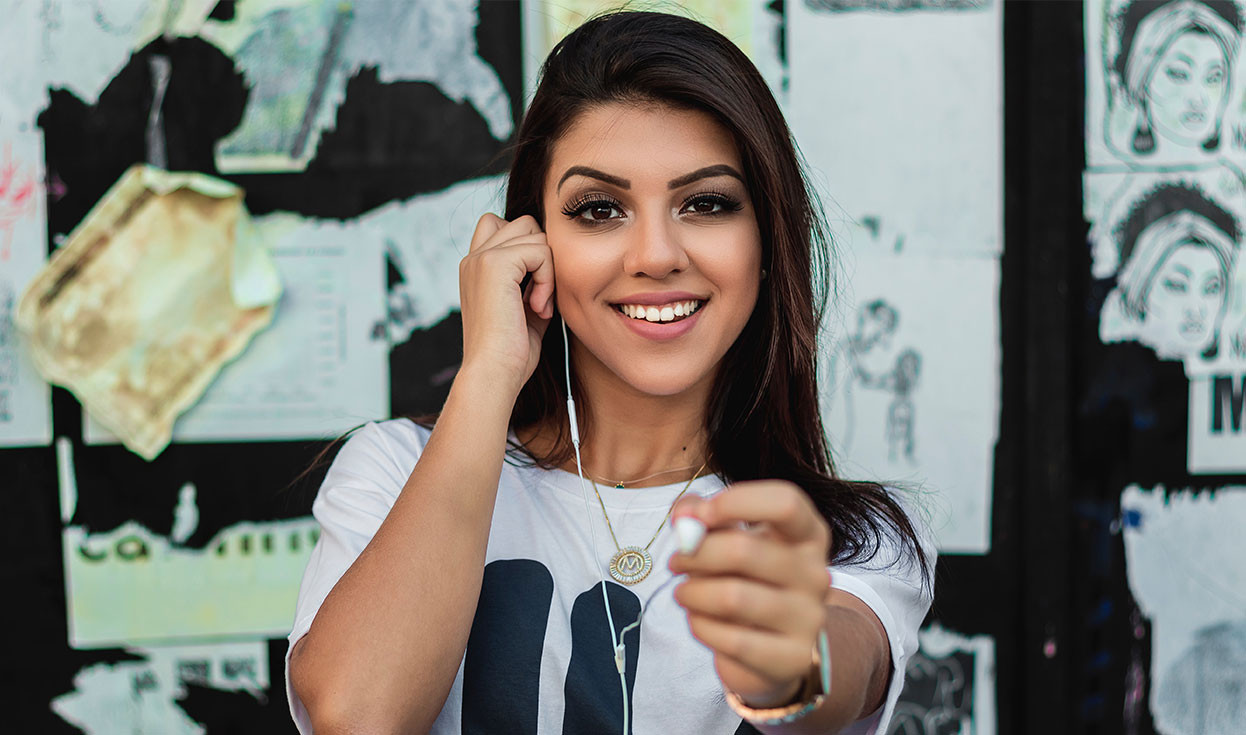
3. Scene
The scene can tell you a lot about the person in the photo. Where are they? Does this seem like a place they normally hang out? Or does it showcase their lifestyle? These are important things to consider as it brings character to your model. You may want a specific color scheme for the photo, and the setting could provide useful in this regard. A beautiful bokeh effect from lights in the distance makes for unique night portrait photography.
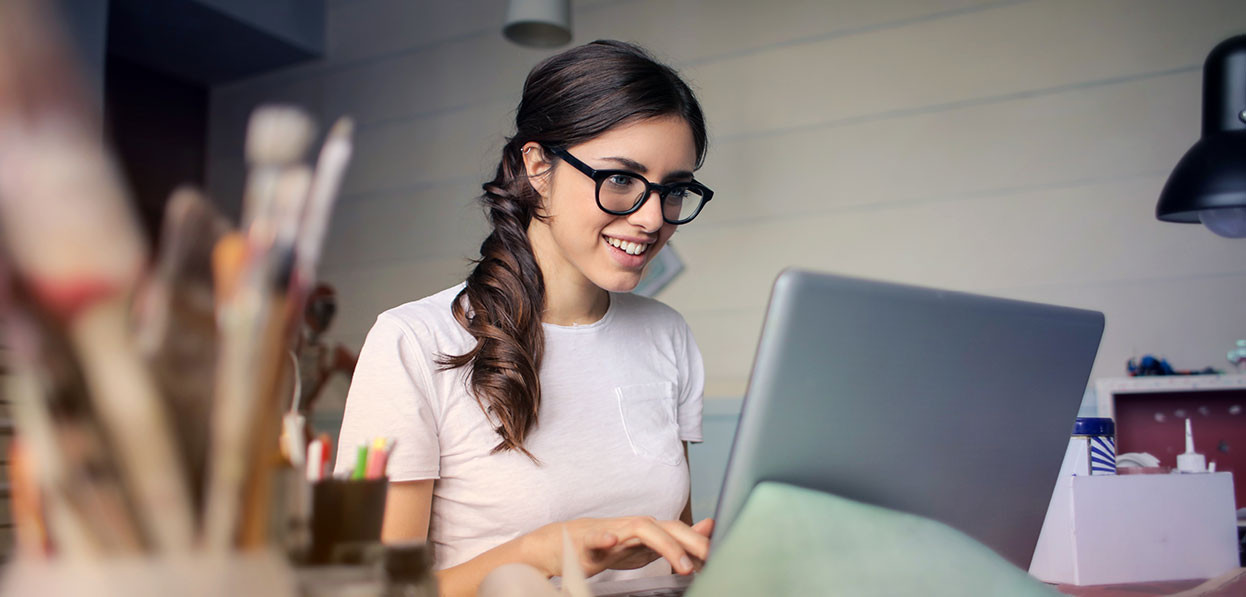
4. Light and Color
The type of light can also add to the story of the photograph. Adjusting the white balance (or color temperature) to the cooler blue (2K) colors gives a colder feel to the photo, as opposed to a warmer orange (50K) color. You may adjust the white balance in camera before you take the photo, and you have the option to adjust it afterwards with software like Adobe Lightroom. This is a great tool to make the model’s skin tone look normal. You could set the in-camera white balance to automatic, but your shots may not be consistent with each other, and makes it harder to capture the moment as you intended.
A timeless cinematic effect can be created by taking the photo in color, and then desaturating it completely to monochrome (black and white). This can also be done in-camera yet I wouldn’t recommend it. You run the risk of missing a great portrait shot in color if you record it in black and white, and that’s why I always opt to convert a photograph to monochrome in post-production. Editing a monochrome photo is also more forgiving, as there are not that many colors that could stand out and draw the attention away from the model, especially if you’re outside and you don’t have much control over the scenery.
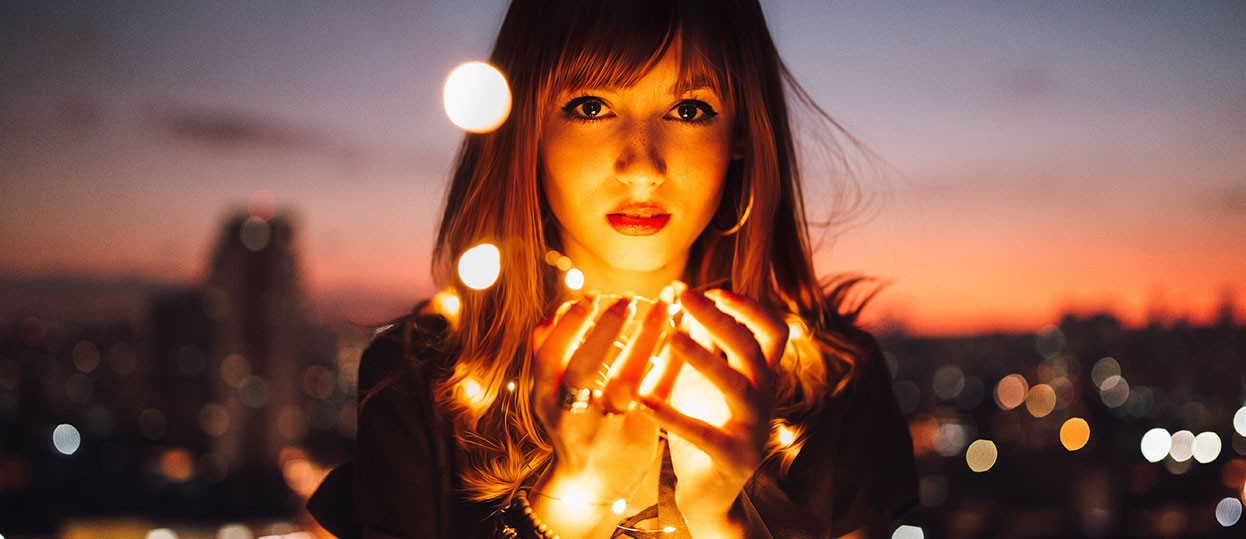
5. Lens
A great lens makes for a great portrait shot. Standard kit lenses on DSLR cameras are sufficient for a wide range of photography, but lack a larger aperture that more expensive lenses offer. A wide aperture (fstop 1.2 to 3.5) has a much shorter field of focus, and lets your model stand out clearly from the background. And if you have any items in the foreground to frame your photo, these will be out of focus too allowing your eyes to draw towards your model.
